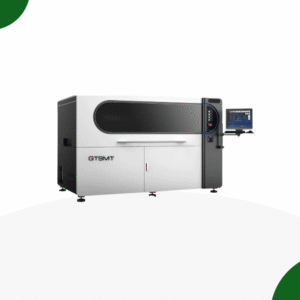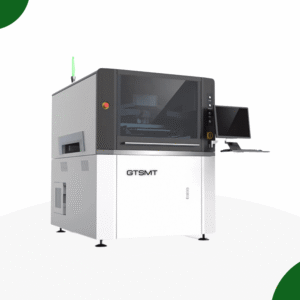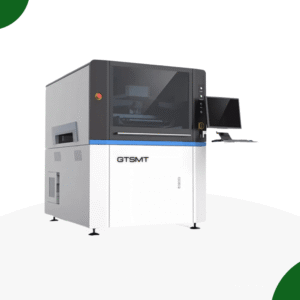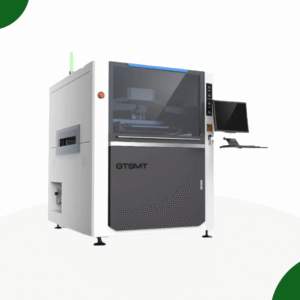Showing all 4 results
-
Solder Paste Printer P20
Solder Paste Printers -
Solder Paste Printer P4
Solder Paste Printers -
Solder Paste Printer P5
Solder Paste Printers Original price was: $35,000.00.$28,000.00Current price is: $28,000.00. -
Solder Paste Printer P6
Solder Paste Printers



